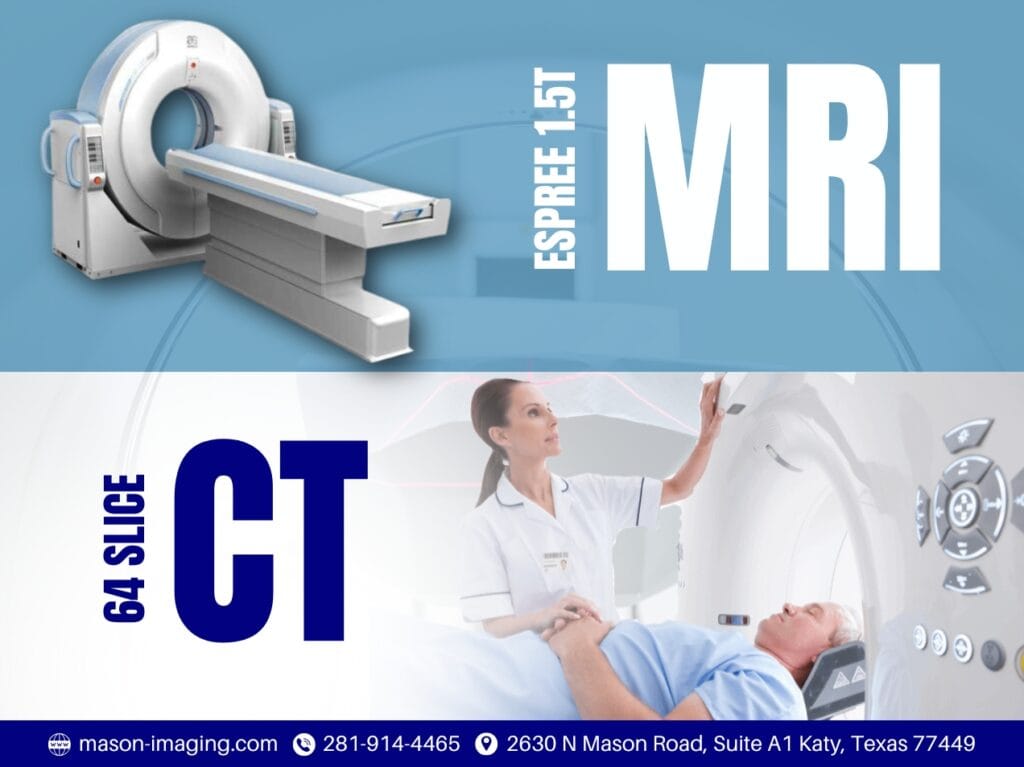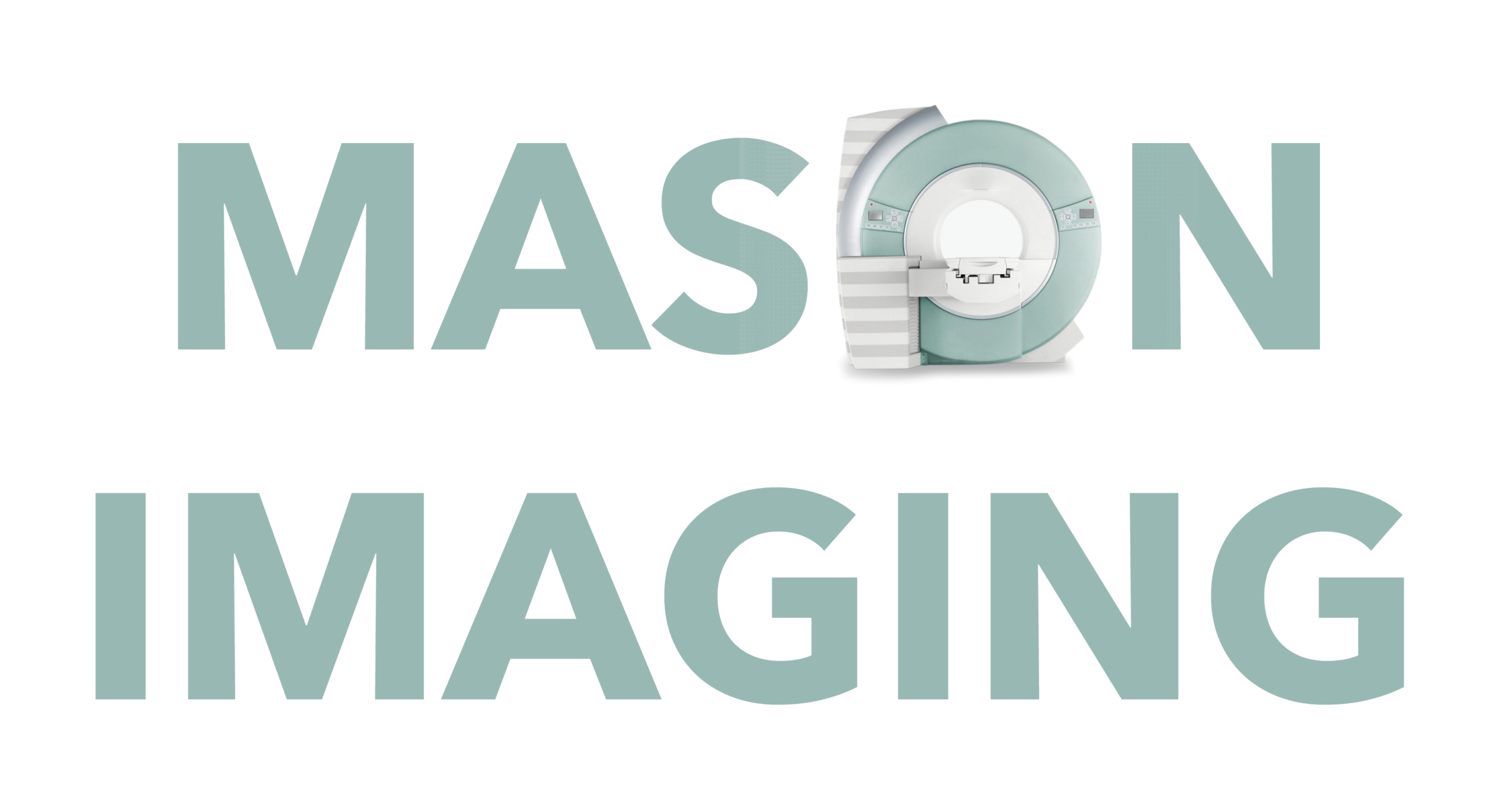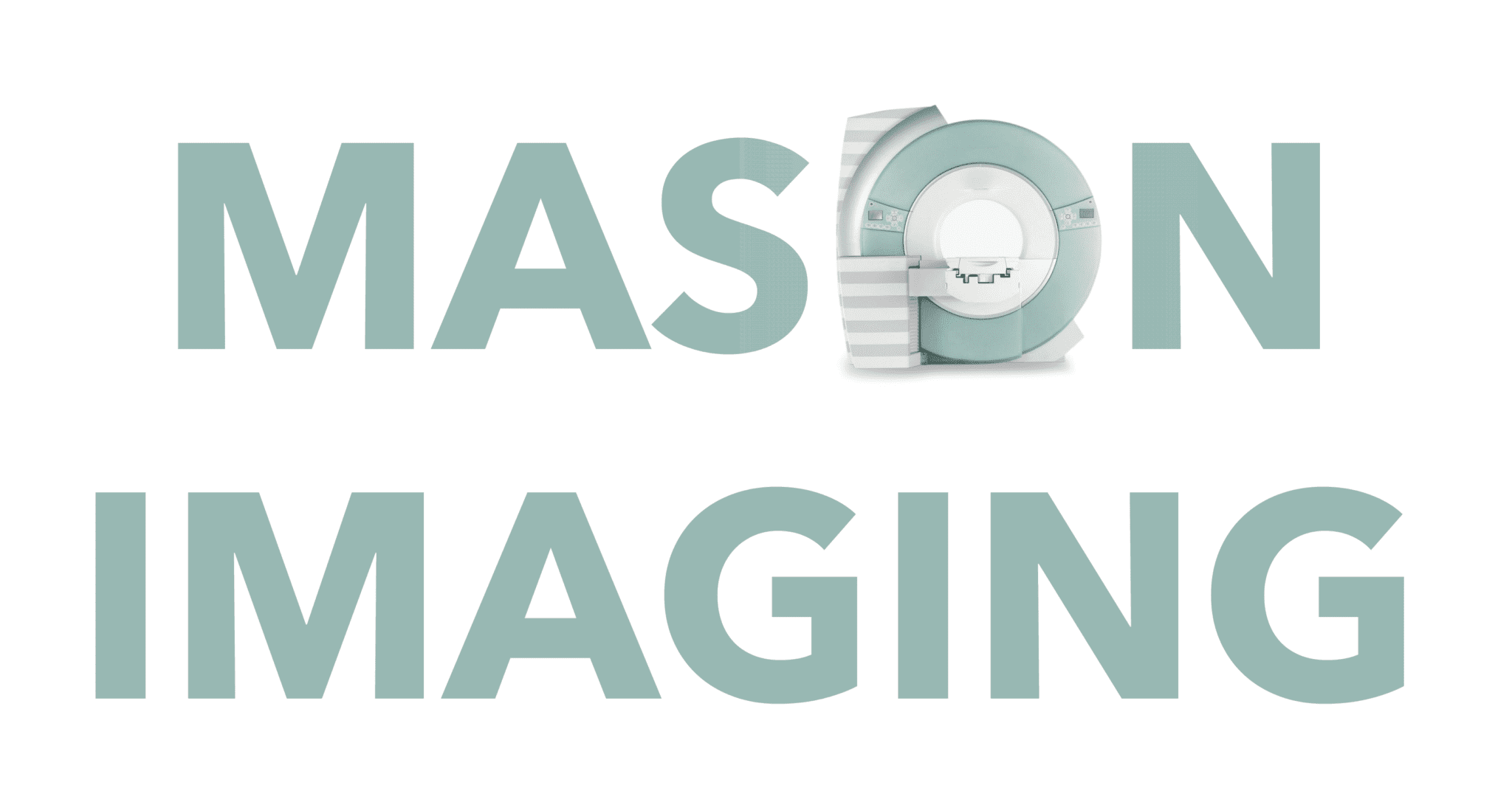When you have an injury that is not visible to the naked eye, doctors suggest you take imaging tests. Undergoing these tests allows the specialist to provide appropriate treatment after analyzing your condition.
The two most common imaging tests advised by doctors are MRIs and CT scans. These imaging tests enable the doctor to see the patient’s body’s internal structures. The images are generated using different types of electromagnetic energy like radio waves and X-rays. The basic difference between these imaging tests depends on accessibility, types of energies used, and resolution. However, it is essential to learn the difference between an MRI and a CT scan to have a well-briefed discussion with the doctor. This will help you understand which test is the most suitable for you.
In this guide, you will understand the difference between MRI and CT scans in detail, when you need them, the factors to choose them, and their common myths.
What Are MRI and CT Scans? | MRI vs CT Scan?

MRI and CT scans are imaging tools used by doctors to gain the internal structure of the patient’s body. Diagnosis practiced after viewing these visuals helps in beneficial treatment. However, the main difference between them is that MRI uses magnetic fields to take images; whereas, CT scan uses X-rays.
MRI (Magnetic Resonance Imaging)
MRI called Magnetic Resonance Imaging is an appropriate and painless way of producing images of the patient’s internal body structure for diagnosis. It employs magnets and radio waves to generate an image of the patient’s body. The images produced include organs, bones, muscles, and blood vessels.
The radio waves align the body molecules; when returning to their original state, they emit signals. These signals show the contributions of the body’s constituents.
The images produced allow the doctor to diagnose the patient according to the injury and create a proper treatment plan ensuring the patient’s recovery.
CT Scan (Computed Tomography)
CT Scan called Computed Tomography Scan is an imaging procedure that generates visuals of the patients body using a combination of X-rays and computer technology. This imaging method is different from the standard X-ray procedure.
CT scans are done by rotating the X-ray beam about the body in a closed loop. Thus, they provide many more detailed projections of the same organ. X-ray information is taken into a computer, which interprets the X-ray data and gives a two-dimensional version on a monitor. Recently developed technology and computer software make it possible to build three-dimensional images.
CT scans can be done for diagnosis of a tumor, internal bleeding detection, or any other internal injury or damage. CT can also be performed for a tissue or fluid sample biopsy.
Thus, this imaging method can help the specialist analyze the patient’s condition and provide treatment accordingly.
Key Differences Between MRI and CT Scan
It is crucial to understand the primary differences between MRI and CT scans. So, here is a table that will help you get a clear differentiation between the two.
| Feature | MRI | CT Scan |
|---|---|---|
| Technology | Uses magnets and radio waves | Utilizes X-rays |
| Image Detail | Produces detailed images of soft tissues | Better for producing the image of organs and bones |
| Time | It usually takes 30-60 minutes | It is faster, usually taking 10-15 minutes |
| Radiation | No radiation is emitted in this imaging technique | It uses radiation to produce an image |
| Cost | More expensive | Comparatively, more affordable |
| Risks | Possible reactions to metals because of magnets (examples are artificial joints, eye implants, intrauterine devices, pacemakers): 1. Hearing loss due to loud machine noises. 2. HIGH temperature of the body after extensive MRIs. 3. Claustrophobia. | 1. It is harmful for the unborn babies. 2. A very small dose of radiation. 3. An expected reaction to the use of dyes. |
When Do You Need an MRI?
MRI is a way of imaging the body through a strong magnet that passes radio waves through it. The protons in the human body immediately react to the energy and create very detailed images at high resolution, including soft tissues, nerves, and blood vessels. MRI is free from any exposure to ionizing radiation.
An MRI scanner is a highly specialized machine and may not be available in some imaging facilities or emergency rooms at other hospitals.
Some examples of sporting injury and musculoskeletal disease include the following that MRI can best detect:
- Loss of cartilage
- Joint inflammation
- Nerve compression
- Spinal injuries
- Torn or detached ligaments, tendons, muscles and cartilage
If you live in Houston or the surrounding areas, including Katy, Cypress, and Humble Texas, and need an MRI, look no further than Mason Imaging Center! We offer same-day appointments and are proud to be the most affordable MRI imaging center in Katy. Trust us for all your MRI needs – quick, convenient, and cost-effective care. Contact us today to schedule your appointment!
When Do You Need a CT Scan?
A CT scan uses radiation to penetrate the body. Unlike a traditional X-ray examination, however, it has much more detail, providing computer-generated 360-degree projections of the body’s structures.
CT scans are quick but much more detailed than X-rays. Therefore, it will not take those few seconds that an X-ray will take. The scan itself takes about one minute. The main point, however, is that it is very rapid, so it serves well in an emergency.
CT scans can detect:
- Blood clots
- Bone fractures (subtle ones that cannot be seen with X-ray)
- Injuries to organs
Factors to Consider When Choosing Between MRI and CT Scan
Factors to take into account when choosing between CT scans and MRI scans:
Patient’s medical history and condition
To select the correct imaging modality, the patient’s medical history must be understood, including allergies, previous surgeries, and any medical implants.
Specific requirements in terms of diagnosis
Requirements of a particular illness shall lead toward the choice between imaging modalities. The specific condition should also include how details of bony anatomy are evaluated, whether they require evaluations of soft tissue abnormality or even the organs involved, and should also determine CT or MRI.
Comfort and safety
It is about how comfortable and safe a patient would feel doing it. An MRI is not recommended for a claustrophobic patient or one who cannot lie still for a long time. A CT will be more appropriate for those conditions.
Conclusion
The difference between MRI and CT scans must be understood for appropriate medical healthcare decision-making. The two differ in diagnostic purposes and for diagnosing body ill health. Patients may enter into a meaningful conversation with healthcare providers if they can state their benefits, harms, and appropriateness aimed to use. MRI and CT scans are other necessary modern medical techniques, helping to gain information relevant to correct and time interventions. Remember, in these tests, one must consider the condition under investigation, efficient comfort, and safety concerning this imaging procedure. So, follow medical instructions to ensure one best understands what these marvelous imaging technologies offer.
End your search for expert medical diagnostic imaging solutions with Mason Imaging. Whether you need an MRI or CT scan, our specialists are here to provide you with both services. We offer same-day appointments and are proud to be the most affordable option in Katy and the surrounding areas. Book your appointment today and experience top-quality medical imaging in Katy, Texas!
FAQ
Is MRI safer than CT scan?
Yes, because it does not employ radiation, MRI is much safer than a CT scan, using magnetic fields and radio waves instead.
How do I prepare for an MRI or CT scan?
One will have to follow instructions given by a doctor before an MRI or CT scan, stay away from metal objects, and not eat anything if starving. Notify about any medical condition or implant so that it is not harmed by the imaging modality.

